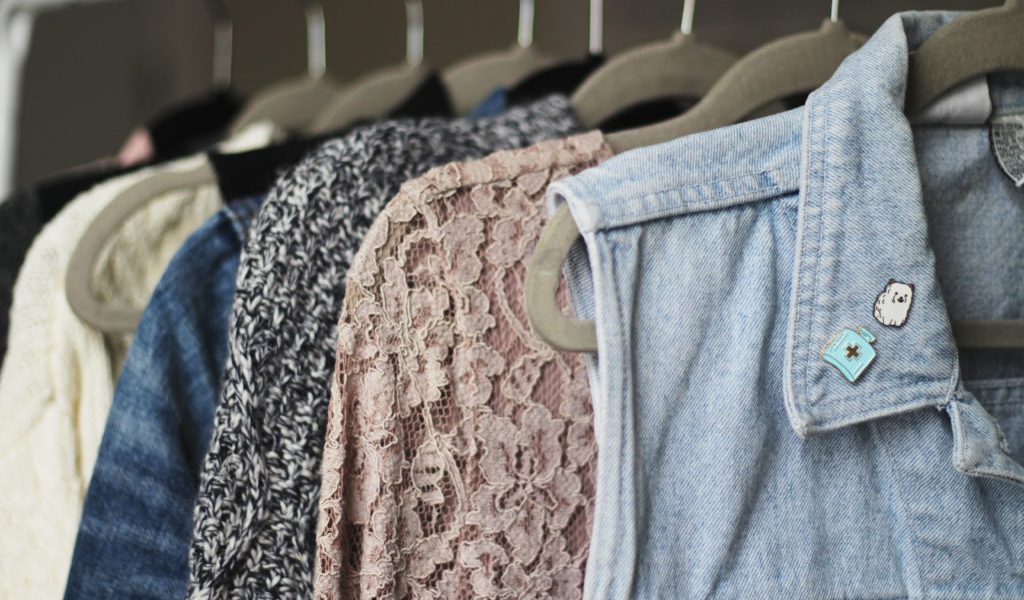The fashion world is often riddled with questions of the industry’s ethics. From its methods of production to its price point, the industry is divisive. Clothing is a major part of our daily lives, but how does the creation of clothing items affect the world at large?
It is difficult to keep track of the small-scale effects we have on the world around us, especially in regards to something as necessary as clothing. The fashion industry contributes greatly to water usage through cotton production, and water pollution from dyes and treating fabrics. The fast fashion industry that has saturated mainstream fashion today is a root cause for the strain the fashion industry puts on the environment.

Fast fashion is a go-to for many: retailers such as Zara, Gap, and H&M make up most of my own wardrobe. On one hand, the affordability of these retailers makes dressing easier for many and the industry has made fashion trends more accessible through innovative design paired with lower prices. These stores have made it possible to buy multiple items of clothing for under $20, but many can be lower quality subsequent to the price. These items, in turn, often end up being used much less in shorter amounts of time before being thrown away.
Investing in more expensive, high-quality brands has found prominence in younger audiences with designer’s themselves finding popularity through social media—Olivier Rousteing’s work with Balmain, for example. Even artists working on their own specialized brands, like Kanye or Drake, have created higher quality merchandise with higher prices. Vivienne Westwood said in a 2014 interview that we should “buy well, choose less, and make it last” when it comes to clothing. Buying from designers are investments made with the hope of longevity; in situations where I have decided to splurge, it’s also meant doing quite a bit of research on what I was buying. Shopping fast fashion is often a split-second decision; many items in my own closet were bought spontaneously and still sit untouched in my closet with regret.

However, these two avenues of fashion create a difficult question for shoppers: must accessibility to fashion be at the sacrifice of sustainability? In reflecting on Westwood’s advice, buying well requires a shopper to be willing and able to invest in more expensive, well-made pieces. Often, the fast fashion industry has made it possible for those unable to afford major designer labels to still enjoy trends without the price tag. The suggestion that investment is more beneficial for the environment also makes the fashion world a space where the only participants are those who can afford it.

As a college student with an interest in fashion, I find myself stuck between how to make a difference in either direction. High fashion brands may not be in your price range, but your awareness of fast fashion’s contributions to pollution and the unethical production of clothing is concerning.
Becoming a conscious shopper is the best route in this overwhelming stalemate; you don’t need to stop shopping fast fashion, but it’s good to be aware of the brands that are working actively to close the gap between accessibility and sustainability. The ongoing trend in vintage fashion continues to permit the reuse and recycling of clothing—many stores cropping up in cities that repurpose well-worn clothes that may have found their way into a landfill. Regularly assess your wardrobe, and when you find items you want to part with, try clothing swaps with your friends or bring them to thrift stores that tell you which items they’ll be able to resell. When paring down your wardrobe, begin thinking about how you can work to add pieces in the future that have longevity—even if they are fast fashion pieces. Making a change starts with individual action, shopping consciously is an effective step towards finding a balance in the industry.

